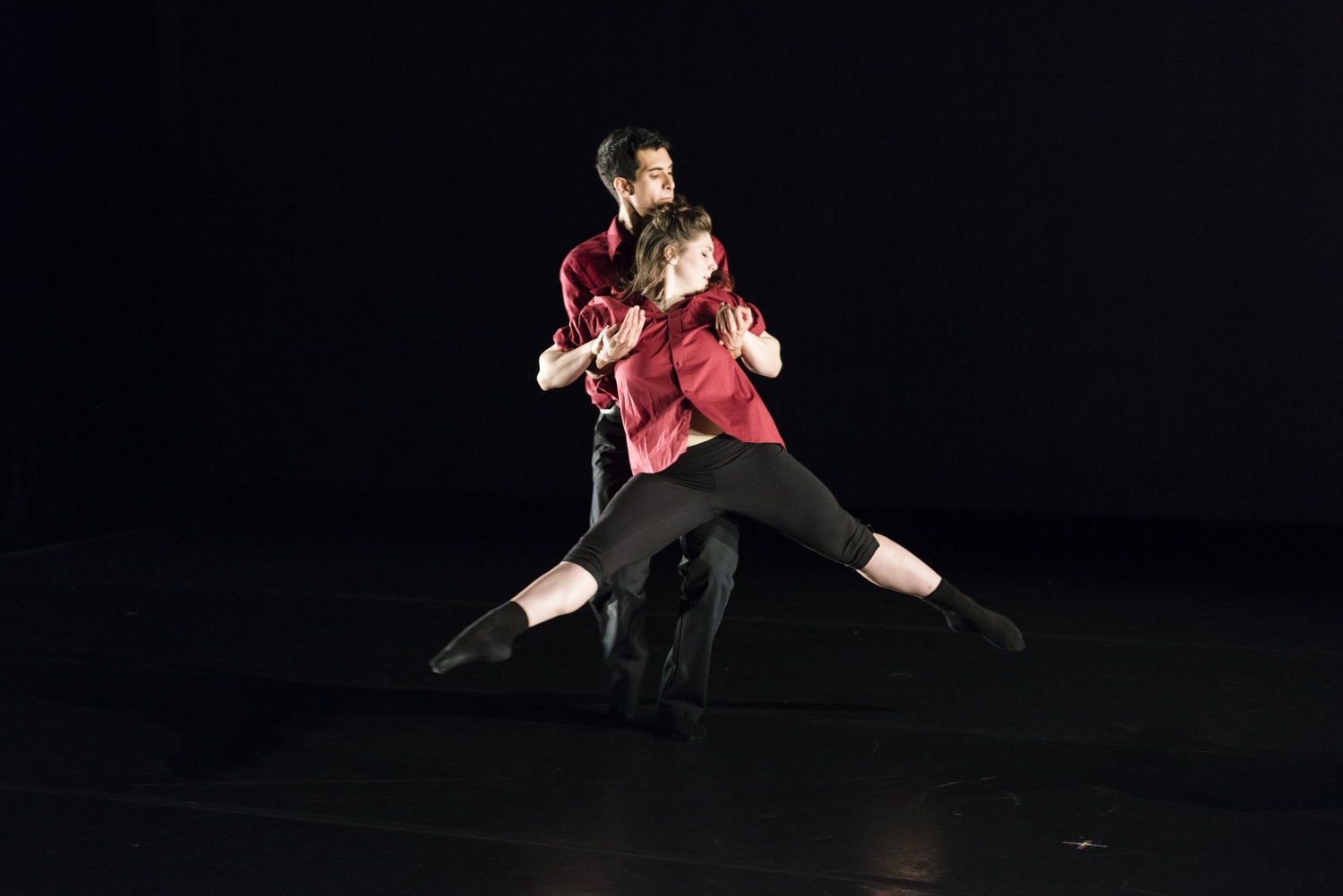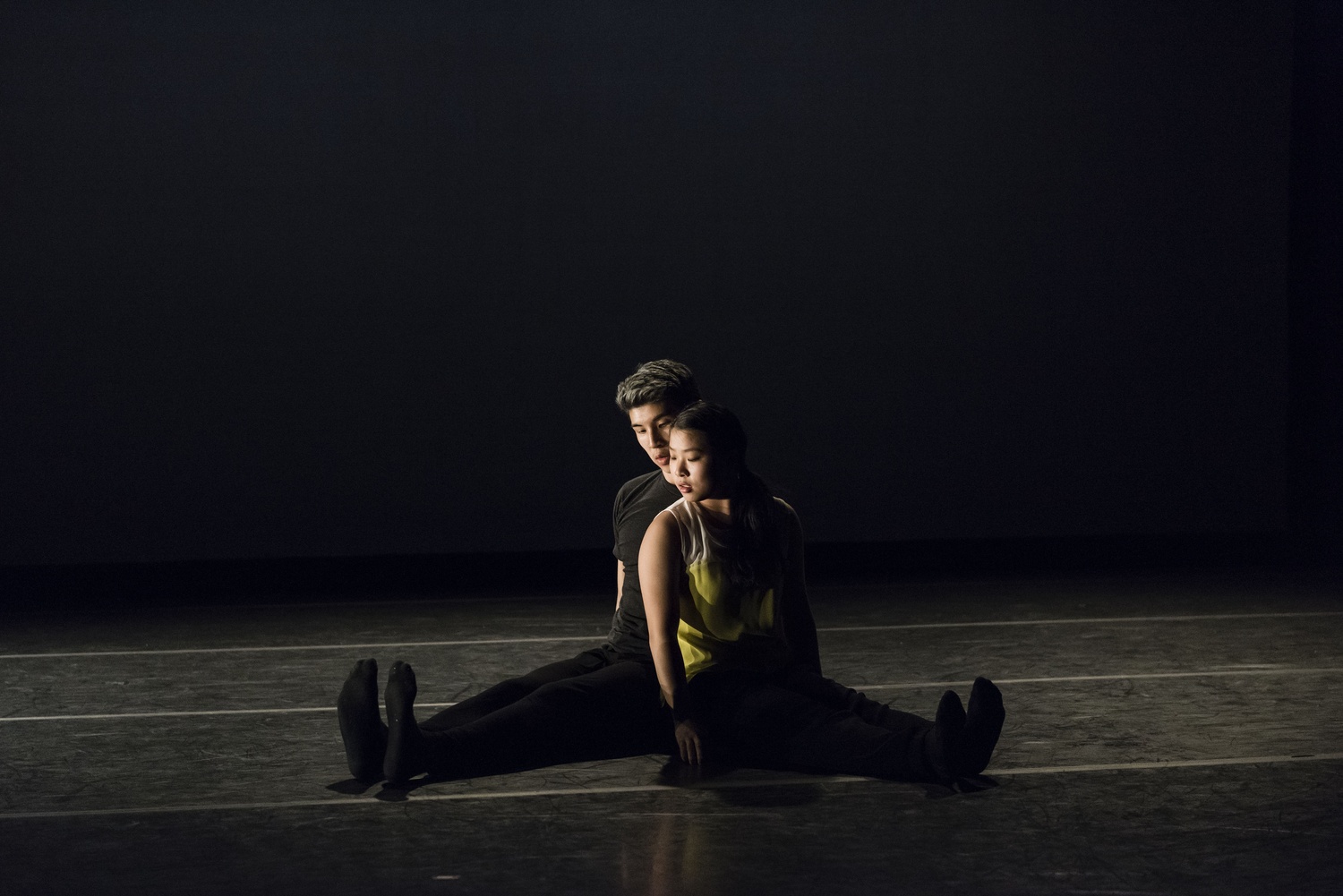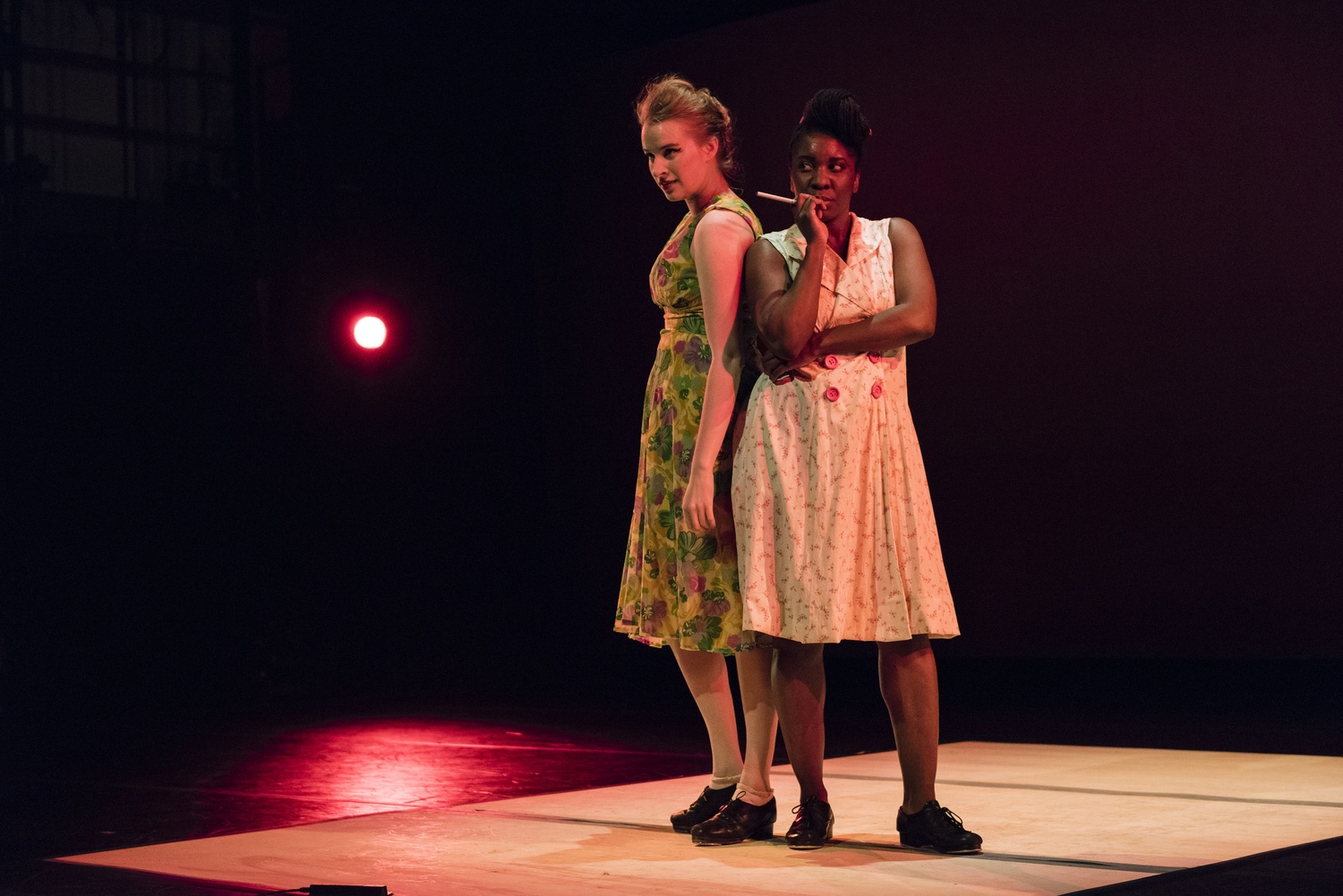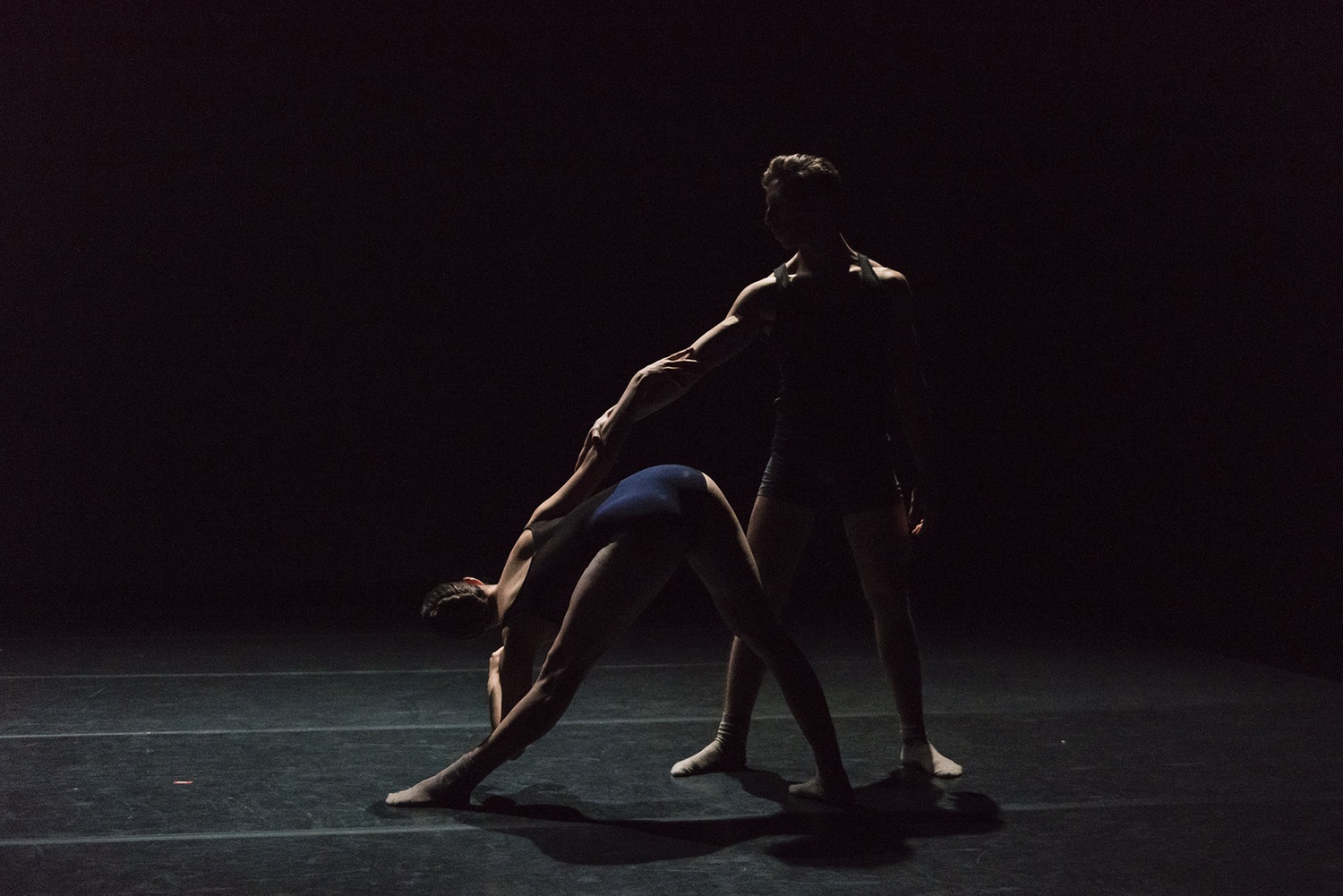
News
Pro-Palestine Encampment Represents First Major Test for Harvard President Alan Garber

News
Israeli PM Benjamin Netanyahu Condemns Antisemitism at U.S. Colleges Amid Encampment at Harvard

News
‘A Joke’: Nikole Hannah-Jones Says Harvard Should Spend More on Legacy of Slavery Initiative

News
Massachusetts ACLU Demands Harvard Reinstate PSC in Letter

News
LIVE UPDATES: Pro-Palestine Protesters Begin Encampment in Harvard Yard
“Duetti” Explores Duality of Movement and Relationships

While a duet is typically defined as some sort of performance between two people, the Harvard Dance Program’s spring show, “Duetti,” challenges this definition. The show, which runs from April 10 through April 18 at the Harvard Dance Center, consists of seven pieces, ranging from contemporary to ballet to tap. Each dance is comprised of some form of duet or multiple sets of duets, including dances with the expected two students as well as one with nine dancers to express varying notions of a duet. As Harvard Dance Director Jill Johnson explains, the term “duet” can have many different interpretations—perhaps the duet between the dancer and the music, the duality of movement, or duets in an ensemble piece—for the audience members of “Duetti” to discover.

The performance features Harvard students primarily from the Harvard Dance Project, a performance research course, and those from Music 103r: “Masterwork: The Choreographic Process of William Forsythe.” Four of the dances feature choreography from guest choreographers, created for student dancers during intensive periods of three to seven days in which the choreographer was at Harvard. After this period, the student dancers completed rehearsals leading up to the performances without the advice of their choreographer. “We were trying to build a story versus just learning what the steps where and what the timing was,” says Aru Gonzalez, a student at the Graduate School of Education, who worked with choreographer Francesca Harper. “It was more of a rounded experience, so onstage we don’t really have to worry about what the steps are—more we have to remember what the intention is, and the steps come after.”
The movement in the dances focuses a lot on connection between two people, though each duet contains different hints of character. For instance, Aysha Upchurch, a student at the Graduate School of Education, plays a distinct character in the show: she and her partner are close friends who have each other’s backs. Though the piece, set to the song “I Raise Hell,” is focused on tap dancing, it also includes humor and character, adding a narrative to the dancing. “It’s a tap piece, but it’s not just a tap piece,” Upchurch says. “We raise hell. I think a lot of the influence came from the style of the music and lyrics.”

Both Johnson and Gonzalez stress the importance of external academic influences on the choreographic and preparation process for the show. Gonzalez says that Johnson is receptive to what students are learning in other classes as well as their other interests. Particularly interested in psychology, he says a lot of what he is learning in psychology is infused into the choreography. Additionally, Johnson adds that the choreographic process influenced students outside of the studio. “Some students have expressed that being in the studio and working that intensely was actually helping them in their other work,” she said, “helping them think more clearly as well.” Because of this, the dance process wasn’t simply a compilation of what was learned in the studio but rather a collection of snippets from each dancer’s lives as well—creating, again, a duality between their dance classes and their other classes.
According to the program, this dyad correlates strongly to one of the purposes of the show: to change people’s minds about dance and the way it is presented. “There isn’t a right or wrong [in dance],” Johnson says. “When you see something that’s so striking, there isn’t a sort of ‘getting it.’ You can’t explain it; you just experience it. That idea about changing minds is to open up the conversation. There is no right or wrong. It’s what you bring to the theater and what you experience.”

Ultimately, the various dualities the performance expresses is what challenges the audience to view dance and art in a different light than before. According to Johnson, rather than seeing a dance performance simply as a distant art, the show encourages the viewers to see it as something that dually intersects parts of their own lives as well. “I hope each person takes away a picture or a moment or something that elicited a thought or a breakthrough that is in a way a pause for thought in our super busy lives,” she says. “And maybe we even changed their minds about dance along the way.”
—Staff writer Annie E. Schugart can be reached at annie.schugart@thecrimson.com.
Want to keep up with breaking news? Subscribe to our email newsletter.
